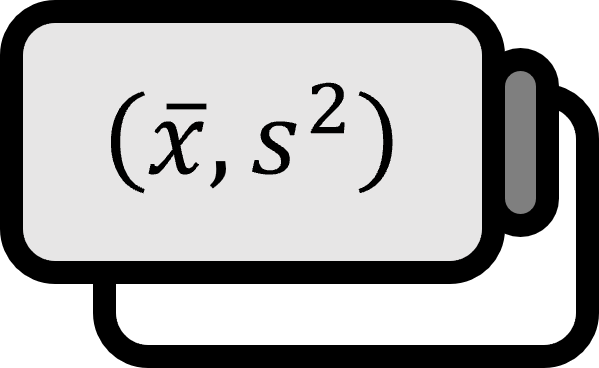Parity Plot
Definition
A plot representing the ordered pairs of true values and predicted values as a scatter plot is called a parity plot.
Explanation
Phonetically, it would sound more like [parety plot], but in this article, it will be referred to as a parity plot in accordance with foreign word notation rules. The word “parity” implies ‘agreement’, so a parity plot can be described as a visual representation showing how well the predicted values align with the true values.
Here, the true values are those calculated theoretically or actually observed, while predicted values are those estimated through methods such as statistics or deep learning. Let’s assume the true value for an independent variable is $y_{i}$, and the predicted value is $\hat{y}_{i}$. Then, the parity plot is drawn as a scatter plot of $\left\{ (y_{i}, \hat{y}_{i}) \right\}_{i=1}^{n}$ or $\left\{ (\hat{y}_{i}, y_{i}) \right\}_{i=1}^{n}$. Thus, the closer the points are to the $y = x$ line, the better the predictions match the true values. The left image below represents the case where predicted values are similar to true values, and the right image depicts the scenario where they are not.

The following scenarios are where it is useful:
- When there is one or two independent variables, line graphs or heatmaps can be used; however, with multiple independent variables, a parity plot may be more favorable since it only compares values (dependent variable).
- When the independent variable is a qualitative variable rather than a quantitative variable.
- When only the difference between the true and predicted values is important, and the actual values of the corresponding independent variables are not.
